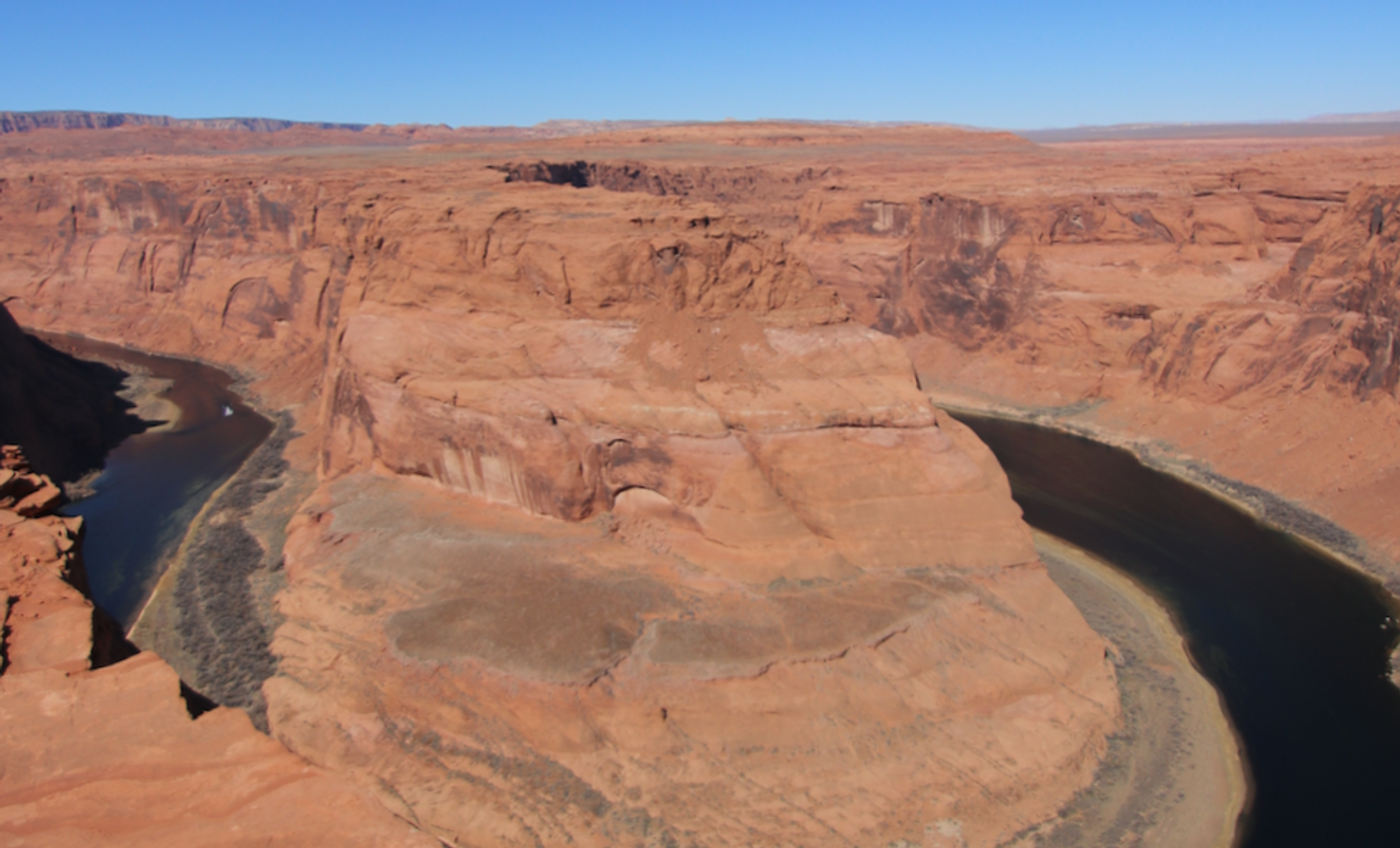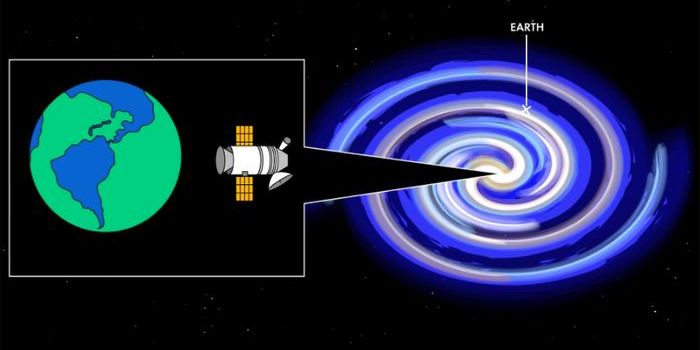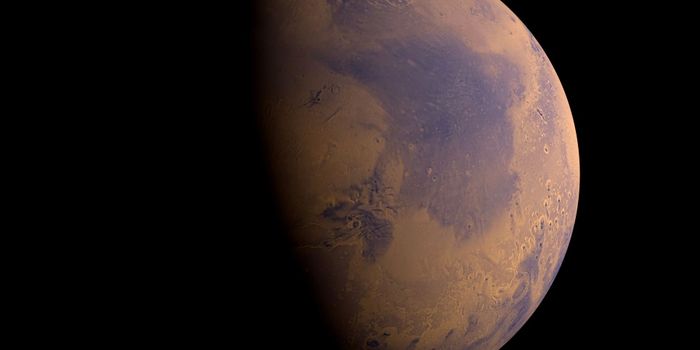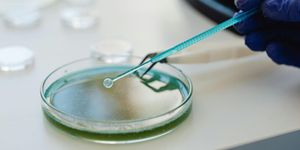Serious Invasive Threat Arises as Zebra Mussel Larvae Found in Colorado River
Larvae from a seriously invasive species of mussels have been detected in a portion of the Colorado River, and experts are extremely concerned. The discovery was announced on July 16 by Colorado Parks and Wildlife (CPW) officials. For the first time, larvae from zebra mussels were identified in water samples taken east of Grand Junction, Colorado. This species is well known for its ability to destroy aquatic ecosystems and cause infrastructure damages totaling in the millions of dollars. These larvae are almost impossible to eliminate, and they have now created an extreme risk to the health and infrastructure of the river as well as the wildlife it hosts.
Since the mussel larvae were found so far upstream on a river that is 1,450 miles (2,333 km) long, the larvae could easily move downstream to take over large areas of the river. Once they are established, there is no way to get them out, noted Professor Reuben Keller of the School of Environmental Sustainability at Loyola University Chicago.
This may only be the beginning of "an enormously damaging and widespread infestation," Keller said.
The headwaters of the river are in Colorado's Rocky Mountain National Park, and as it flows west to the Gulf of California in Mexico, the river provides water and power for tens of millions of people. It irrigates millions of acres of essential crops and is a habitat for thousands of different species of animals.
Zebra mussels, on the other hand, originated in Eastern Europe. They can attach to hard surfaces like rocks, and form thick mats that kill plants and insects. The mussels feed on algae, and remove it from water. This destroys the base of the local food chain, and eliminates food sources that are essential to other animals in the area.
"They just take over all of that habitat," Keller said. "Ecologically, that's obviously problematic." Keller added that there are not any species in the western US that are known to eat the mussels consistently.
Although only larvae have been found, and personnel have not identified any adult mussels, they are planning to conduct more surveillance. CPW noted that anyone who uses the Colorado River or waters around it must now drain, clean, and dry any exposed watercraft or equipment to prevent further spread of the larvae.
"We're looking at what's next. It's going to be very difficult, if not impossible, to remove and eradicate them in a system as large and complex as the Colorado River," said CPW spokesman Rachael Gonzales.
These mussels can multiply quickly once they have attached to a surface, and they might clog or obstruct pipes, pumps, drains, motors, and other system infrastructure. That process is described in the video above.
The invasive quagga mussel has also already established a population further downstream on the Colorado River. Infestations of this species have already taken hold in Lakes Mead and Powell, and led to costly damage to dam infrastructure.
"This news is devastating," said Tina Bergonzini, general manager of the Grand Valley Water Users Association. "Having our canal and the Colorado River test positive increases the threat of this invasive species and could impact everyone in the Grand Valley. From irrigation to drinking water, the ramifications cannot be underestimated or overstated."
Sources: Phys.org via The Denver Post, CPW









